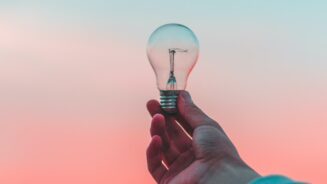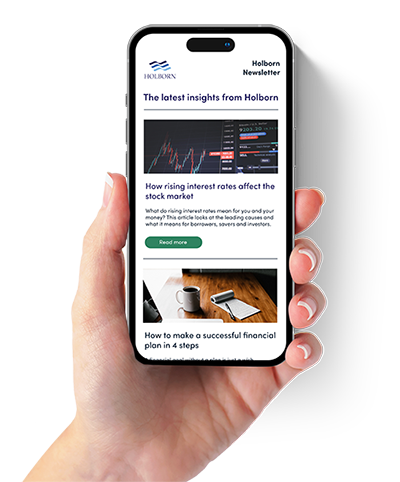
What are ETFs?
Posted on: 12th November 2017 in
Investments
ETFs – what are the basics?
An ETF – or ”Exchange-Traded Fund” – is a fund that allows consumers to invest in stuff that they wouldn’t be able to normally. An ETF gives investors exposure to the price of an asset without having to actually physically own the asset.
So an ETF invests in a ‘basket’ of different items within a certain asset class, often within a certain region, that reflects the performance of that asset class overall. For example, a “FTSE100 ETF” would invest in shares of companies within the FTSE100.
The ETF owns the
underlying assets and divides ownership of those assets into
shares. So what you’re buying is shares in the ETF. And since you’re ‘tracking’ the underlying assets, shares in the fund will mirror price changes in those assets.
ETFs are available in a staggering range of asset classes: stock, bonds, oil futures, the gold price, foreign currency, etc.
Why ETFs might be suitable for your portfolio
ETFs are attractive to investors generally because they replicate the performance of the general market for an asset at low cost. ETFs are cheaper than funds run by managers since, when the going is good, you don’t have to pay extra fees as you would if you had a managed fund. This means that, for ETFs, the Total Expense Ratio (TER) – the cost of buying into a specific fund – is low.
ETFs also give you the benefit of diversification: exposure, as they say, to different assets. Diversification essentially means that, if one area or asset goes down, others are typically up, and so you don’t unduly lose without some upside somewhere else. Diversification, therefore, offers an important balance when it comes to your savings long term – the slow and steady approach overall.
As for further benefits of ETFs,
Investopedia.com makes a great point: there’s potentially favourable taxation on cash flows generated by an ETF since capital gains from the fund selling the shares are not passed through to shareholders. ETF shareholders get a share of the profits, such as interest or dividends. If the worst happens and the fund gets liquidated, they may get a residual value. The ownership of the fund can easily be bought, sold or transferred.
ETFs are typically very liquid, too – that means, there are lots of people willing to buy your holding. Liquidity in this sense is important to portfolios as it gives you easy access to buy and sell certain holdings and keep your overall target on track.
Bear in mind on the negative side that an ETF will not protect you against the catastrophic market behaviour of a particular asset class. There is no safety net.
But with US shares rising this month and Bank of England committee members hinting at a rate rise, investing in a range of assets is a smart approach right now, and ETFs might suit as a great way to diversify. Speak to your IFA about ETFs.


















